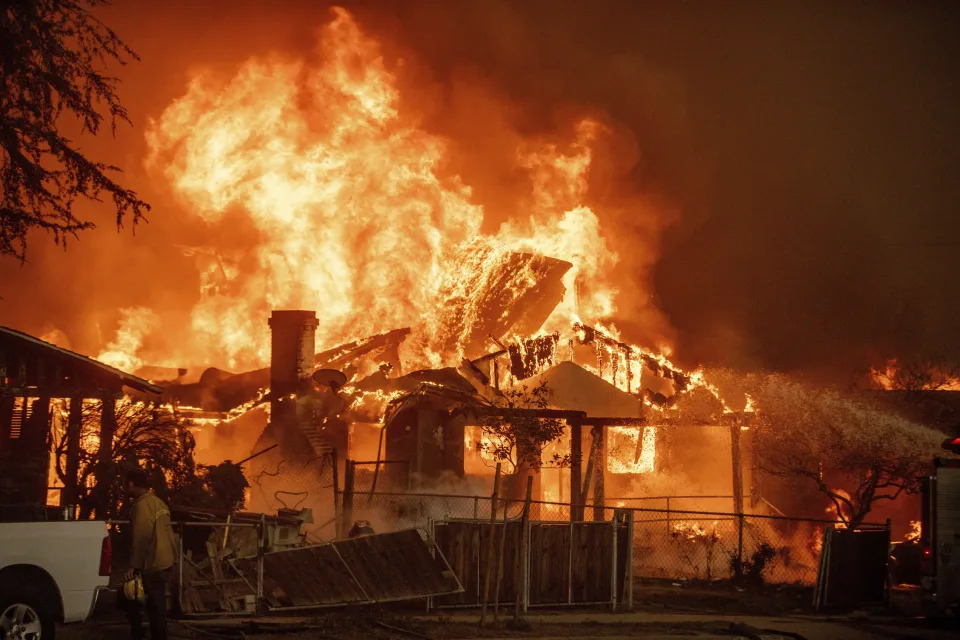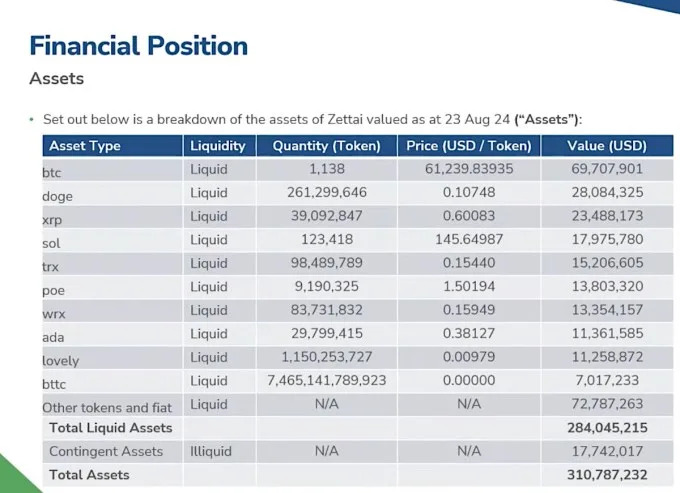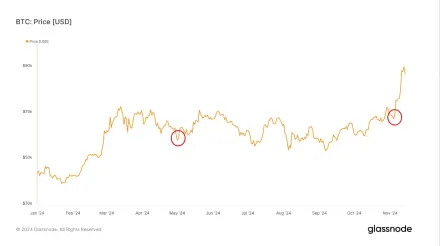Raging wildfires in Southern California are an early, high-stakes test of new regulations designed to shore up the state’s spiraling homeowners insurance market.
Rules that aim to lure insurers back to the fire-prone state were finalized by the state’s insurance commissioner in December and take effect this month. The regulations allow the companies to consider climate change risks when setting rates. Over time, insurers will also have to increase their coverage offerings to high-risk areas.
The changes are an effort to align California’s insurance rules closer with other states and stem a statewide crisis that’s deepened as climate change increases the frequency and intensity of wildfires and other natural disasters.
That’s on grim display now as five wildfires have burned through 29,000 acres across Los Angeles and surrounding areas gripped by a months-long drought. Nearly 180,000 people remain under evacuation orders, and the fires already rank as the most destructive in the city’s history.
“It’s unprecedented, and it’s unbelievable how many fires we actually have going on,” Karl Susman, president of Susman Insurance Services, told Yahoo Finance on Wednesday. “There are literally fires in almost every corner of Southern California.”
Read more: What does homeowners insurance cover?
An insurer exodus and an effort to lure them back
Southern California’s fires illustrate why insurers have been fleeing in recent years.
January isn’t typical wildfire season in the state, but a drier climate has extended the risks into the colder months. The blazes have ripped through wealthy neighborhoods of Los Angeles, including Pacific Palisades where the median home price is $3.5 million.
Insurers will likely be on the hook for a large percentage of what’s lost.

Facing mounting losses from paying out California claims, insurance giants, including Allstate, State Farm, and Farmers, have either pulled out of the state entirely in recent years or limited the new policies they'll write. The exodus left millions of residents scrambling to find alternative coverage in a shrinking market.
It also prompted the new rules taking effect this month, which, in addition to allowing underwriters to account for climate change risks, also let insurance companies pass on the cost of reinsurance to consumers. That’s the insurance that insurers buy to spread their own risk. All other states already allow reinsurance costs to be reflected in consumers’ premiums.
Because the new regulations mean many Californians will see higher premiums, they have drawn ire from some consumer groups. But experts say such increases are needed as the planet warms and natural disasters mount.
Many insurers still believe it’s possible to do business in the state, at the right price, said David Russell, a professor of insurance and finance at California State University, Northridge. The latest fires could send premiums even higher, he added.
“They believe that wildfires are insurable,” Russell said. “Before, they weren’t able to charge what it took.”
Insurers have largely supported the changes, which Insurance Commissioner Ricardo Lara heralded as “a historic moment for California,” in a statement last month. Farmers said it would resume offering certain types of coverage in the state, and Allstate has also suggested it would return.
Read more: How much homeowners insurance do you need?

Currently, California homeowners in high-risk areas have few insurance options. Many have turned to the California FAIR plan, a private program established by the state and designed to be a fire insurer of last resort.
The coverage is typically more expensive and less comprehensive than private insurance alternatives, but Californians are turning to the program in droves: Some 452,000 residential policies were in force as of September 2024, more than double the level in September 2020.
'It’s gotten a lot worse'
Insurance is a capital-intensive business with thin profit margins, and many insurers have been hemorrhaging money in California in recent years as wildfires intensify. 2018’s Camp Fire in Northern California was the deadliest and most destructive wildfire in the state’s history, destroying the town of Paradise and causing around $10 billion of insured losses.
Its destruction surpassed records set just a year earlier in 2017’s Tubbs Fire, which devastated parts of Napa and Sonoma counties. From 2012 to 2021, home insurers in California lost money on underwriting and insurance transactions, while nationwide average profit margins on those deals were 3.6% to 4.2%, respectively.
“During my time as commissioner, we started seeing more extreme and frequent weather-related events driven by climate change beginning to kill more people, injure more people, damage more homes and businesses and in some cases whole communities and cause more insurance losses,” said Dave Jones, who served as California’s insurance commissioner from 2011 to 2018. “It’s gotten a lot worse since I left office.”
As of Thursday, as fires still raged in Los Angeles, JPMorgan estimated that insured losses could exceed $20 billion, with the bulk of the pain coming in homeowners insurance versus reinsurance, commercial insurance and auto lines.
Jones, who is now director of the Climate Risk Initiative at UC Berkeley’s Center for Law, Energy and the Environment, said the latest changes are a step in the right direction for the state’s insurance market but are unlikely to be enough as climate change intensifies.
“In the long-term, regulatory changes to give insurers [faster rate increases] and reduce cost burdens on them are going to be outrun and overwhelmed by the rising risk,” he said.
Claire Boston is a senior reporter for Yahoo Finance covering housing, mortgages, and home insurance.






